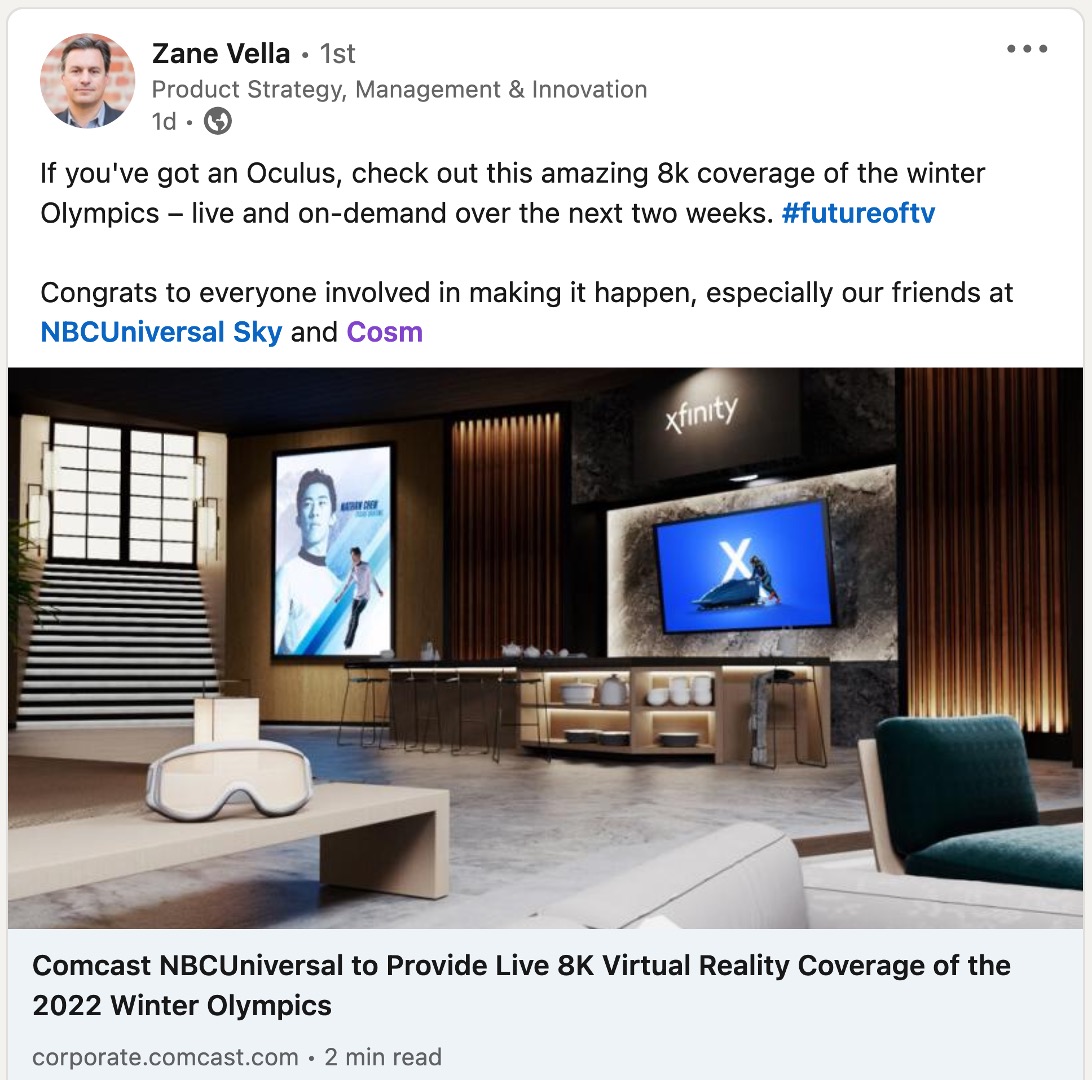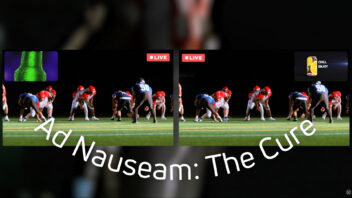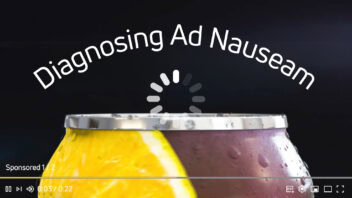Marius' Beijing Winter Blog
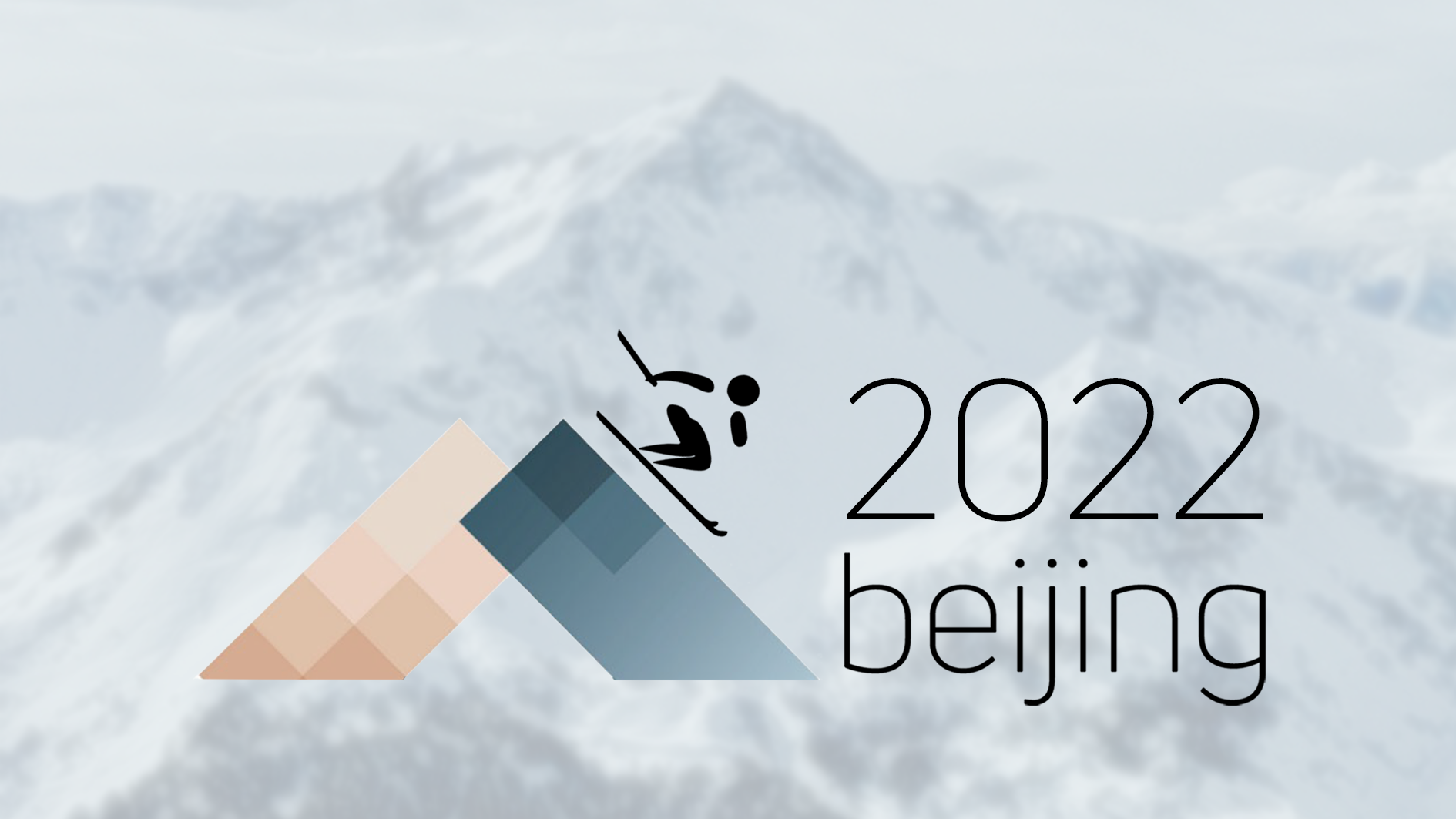
5 Weeks in Beijing, China
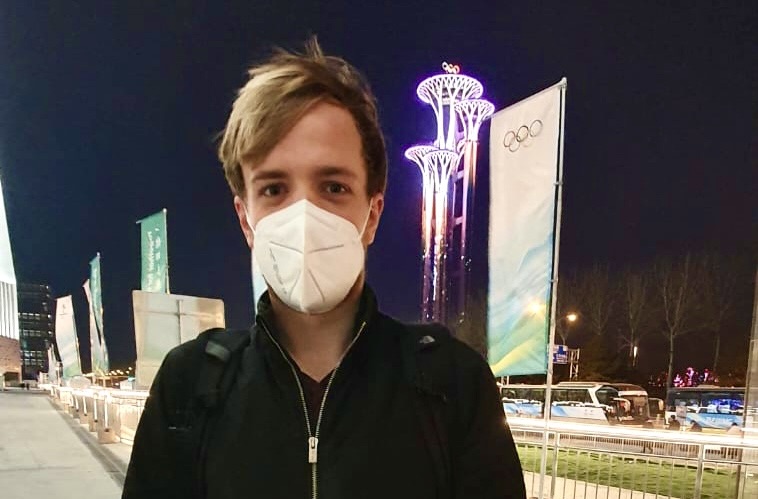 Follow Marius, our VR Software Engineer and now our man in Beijing, as well as our second man in China, Glenn working from the Tiledmedia China office in Hangzhou.
Follow Marius, our VR Software Engineer and now our man in Beijing, as well as our second man in China, Glenn working from the Tiledmedia China office in Hangzhou.
Marius camps out in Beijing until the end of February to work on a really cool project, working with Intel, Cosm, Twizted Design, Tebi, and more.
Read on, and it will be clear what he is up to and why he is in Beijing at the same time there’s a major winter sport event hosted in that city! (no, not a coincidence : )
Week 1 (Jan 17 – Jan 23) – time to set-up!
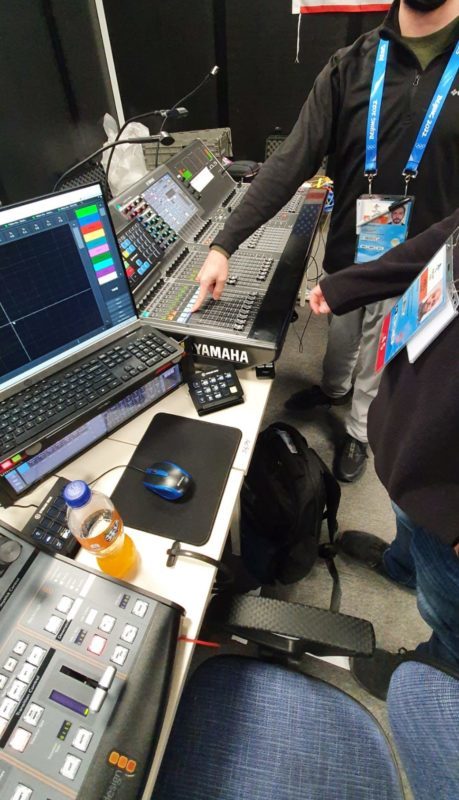 After weeks of preparation, I flew over to China on Friday the 14th. They put all of us in a project-specific bubble, which is cool because it saves me the 3 weeks of quarantine that other travelers to China have to endure.
After weeks of preparation, I flew over to China on Friday the 14th. They put all of us in a project-specific bubble, which is cool because it saves me the 3 weeks of quarantine that other travelers to China have to endure.
Unfortunately, I can’t visit China after the project is done. Need to keep that for when the COVID craziness is over!
However, I did get a presidential ride into the bubble. The highways were completely closed for other traffic just to let our buses go from the airport to the hotel – and we even had a police escort :-).
On Tuesday I had a complete bus just for myself, to take me from the hotel to the broadcasting center. Unfortunately, the driver got lost :-(. In the end they sent a taxi to come and get me. It would only have been a 5 minute walk but going on foot was out of the question.
After working for months in a remote collaboration, I finally got to meet some of the other members of the VR production team in person. We are now working together in the same office, where we wear face masks, all the time.
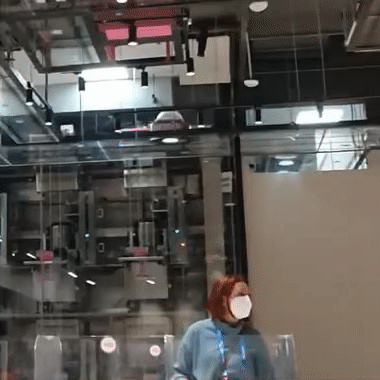
Flying Saucers
Besides the VR area, the buildings here are massive and there is a really futuristic canteen. With futuristic, I mean the “flying saucers” serving food on a platter down from the ceiling. Can’t say that I have seen something like that before. You’d think this is done for distancing, but this is the weird thing: I still had to order in person. Oh well.
Meantime, we successfully tested our system end-to-end on Friday, with testers around the globe. Yes!
Week 2 (Jan 24th – Jan 30th)
To give you a bit of an impression of the place that I work at every day, it’s called the Main Media Center (MMC). It contains a combination of all things press and broadcasting. We are part of Broadcasting Services, which takes a big part of the ground floor of the building. There is a “basement” level below us, where a lot of the press is going to be. The second floor is also press, but it is the more technical staff of Broadcasters (NBC, CCTV, our own NOS, you name it..)
Inside the VR room:
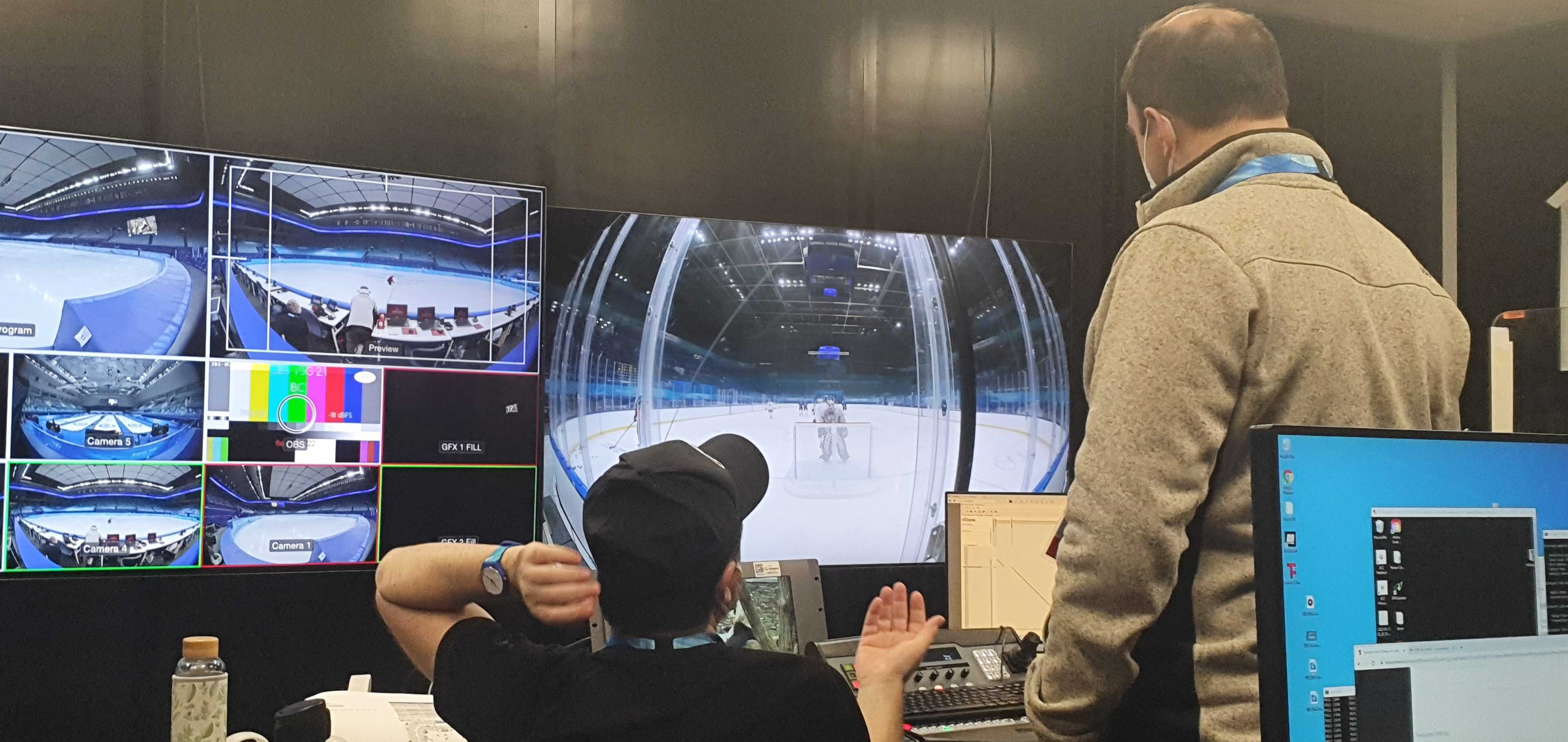
The most difficult thing in the loop is travel. Unfortunately for me, but fortunately for all our production managers, I don’t have to (am not even allowed) to travel to many places. Because there were changes in the bus schedule today (Sunday), we had to run our daily end-to-end test while on the bus. We just operated it using the bus wifi, which worked surprisingly well! 😳
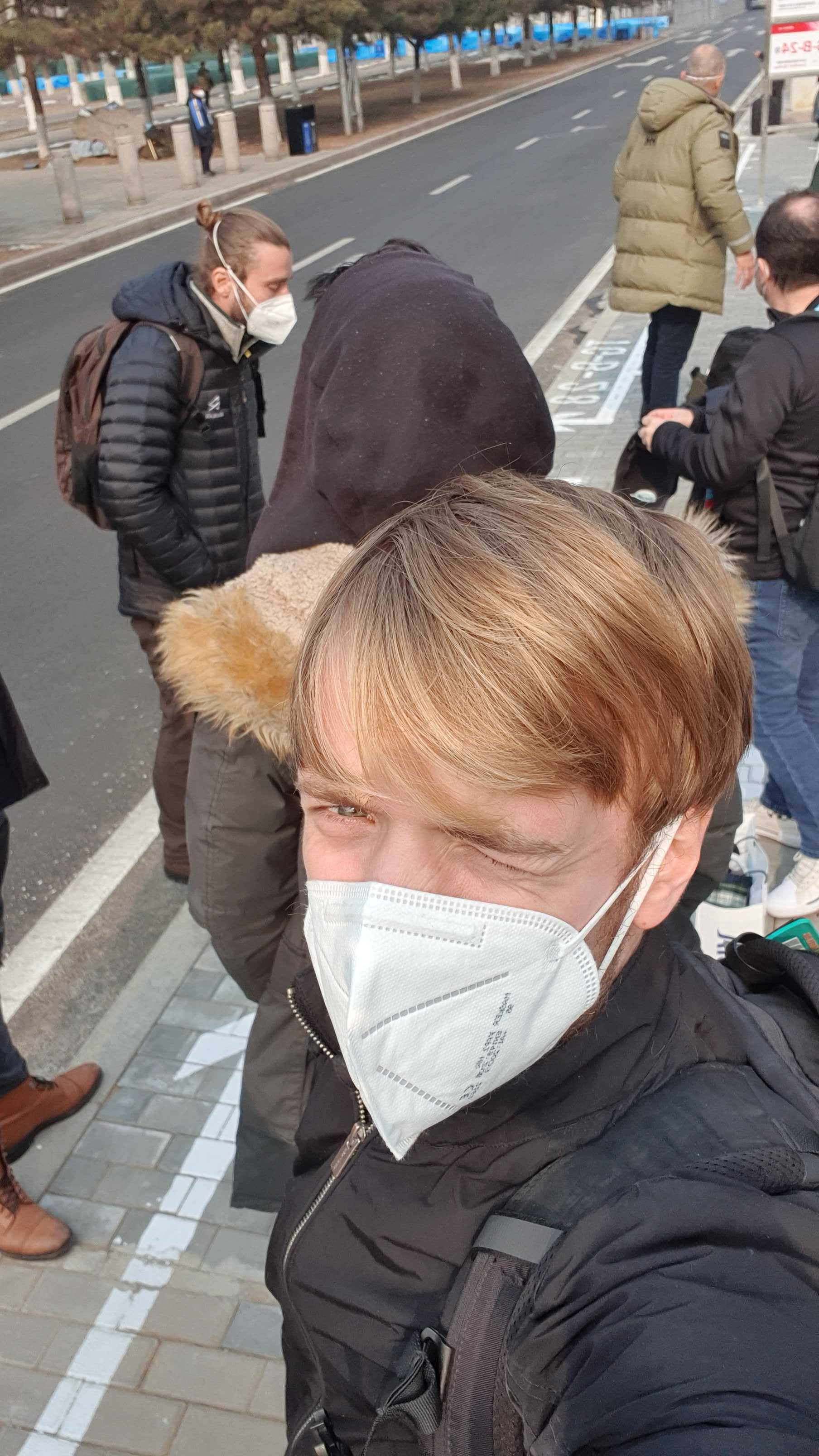
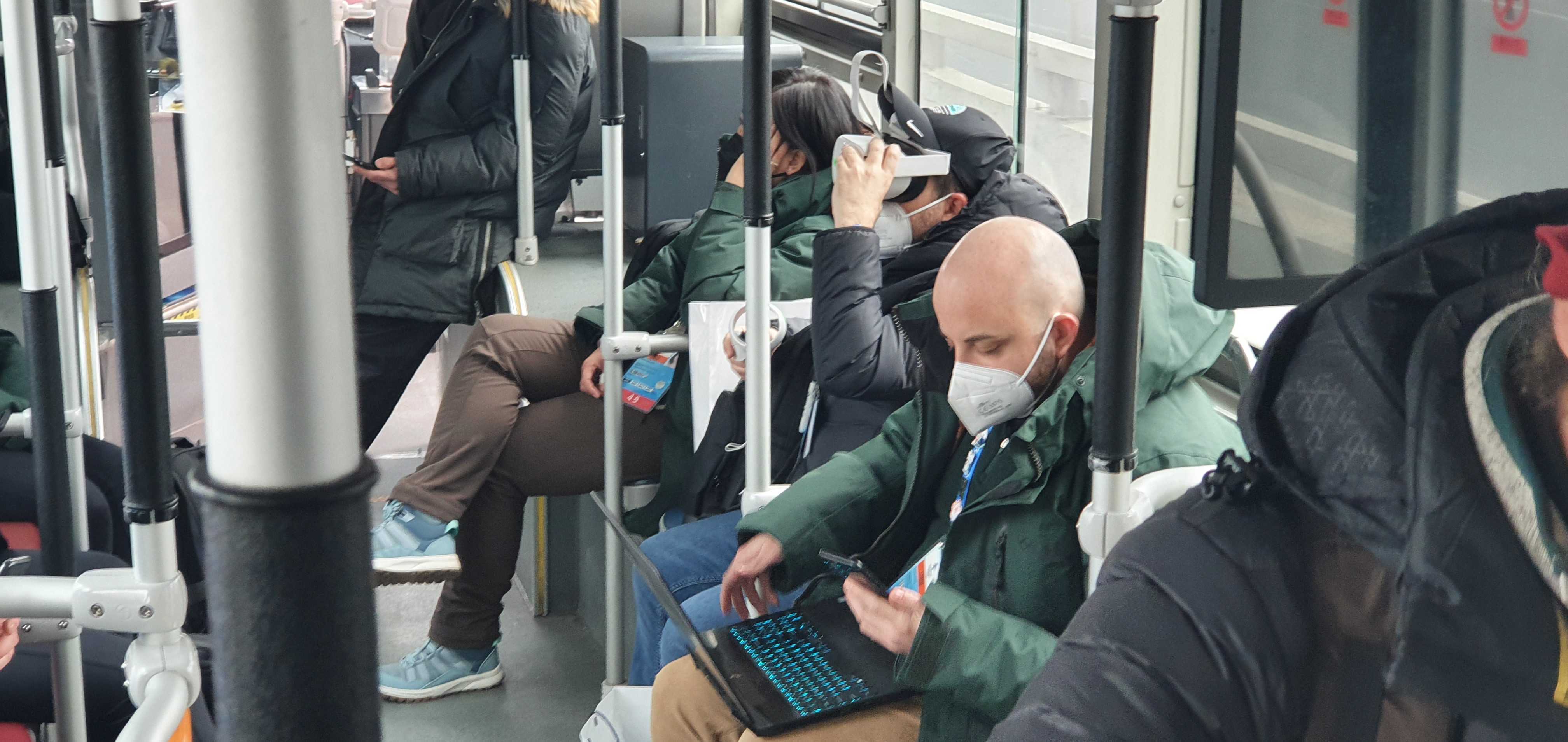
Back at the hotel lobby, I finished some more work and it was time for a swim at the hotel, dinner and drinks. Ate chicken feet, which was certainly a first, supplied by our multilingual program manager we call “One-one”. The cocktail robot even looks entirely 007 compliant. Shaken – not stirred.
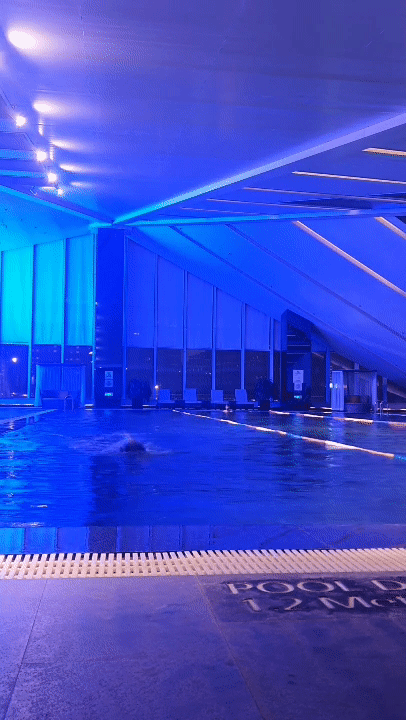
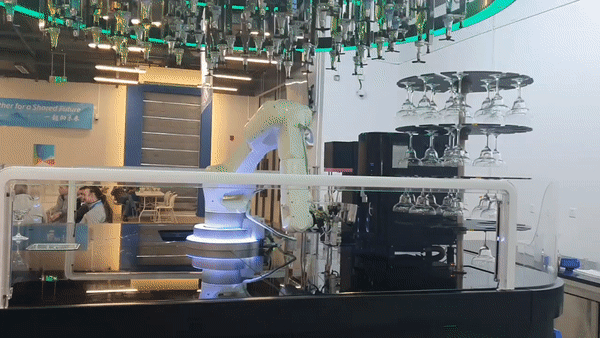
Sunday off? No no no, that’s just Day -5. Last days until the opening, and even scarier, even a day less until the first live event 🙂 !
All in all this is what “just another day at the office” is like here in Beijing.
Week 3 (Jan 31st – Feb 6th)
Too busy to post folks. So let me share what other people post. Here is what Zane Vella had to say on LinkedIn.
So now you know why I am in Beijing and what we are doing!
This LinkedIn post is a good trigger to provide a little more background. Our technology is in the NBC Olympics VR by Xfinity Quest app and we do the tiled transcoding. There are several world-firsts here, with the unparalleled resolution being the most relevant. 8K VR360 has been done before, although not often live, and certainly not worldwide (the streams also go to Chinese users and to select users in Europe).
But we are doing 8K VR180, which is a very noticeable step up in quality from 8K VR360. The streams are the equivalent of a whopping 13K VR360, going to Quest headsets and also to Picos in China. And we’re distributing at 60fps, another hallmark of visual quality.
It’s also the first time we transcode in both adaptive-bitrate (ABR) tiled ClearVR format for headsets and ABR HLS for websites and mobile web players – from a single 8K contribution feed. Three tiled levels, and 4 HLS ones allow every user to get the best quality for their device and network. Yes, we are using quite a few cloud resources these weeks :-).
I hope to get to talk about the tech in more detail later – gotta leave it at this for now!
Oh, while I am at it: Cosm is responsible for the project, building apps for headsets and websites, and they are doing the amazing production. Every event is covered with 5 VR180 cameras in the best locations. Like behind the goals for ice hockey or right behind the cushions for figure skating. The production was already amazing in Tokyo, and now we have the equally amazing visual quality to do it justice.
Our partner Tebi is feeding CDN origins worldwide with its innovative immediate replication tech ensuring the best possible user experience.
Week 4 (Feb 7th – Feb 14th)
Relay Gold!


The last day of this week was definitely the highlight of my trip so far. I got to see the Dutch Women’s Short Track Relay team win gold! We also distributed this event live, in VR. The cameras are at the edge of the rink and in the stands. Short track really lends itself to watching in VR if you ask me. The skaters go way faster than I had ever thought from watching them on TV. You can see that when you are there, but it also shows really well in VR. The speed is breathtaking.
Between the VR360 and VR180 cameras, NBC Olympics VR by Xfinity users have access to over 150 hours of live event content in the app. All events are also available for replay in full, with the option to switch between 360 and 180. There are highlights as well, and some incredible – and sometimes downright scary – special features.
Not for the faint of heart

For the live coverage, there are VR cameras in various positions along the slopes (e.g., for freestyle skiing), at the edge of the rink and in the stands (e.g., for short track or figure skating). Or right behind the goals (e.g., for ice hockey). For the feature clips, athletes take the VR cameras – and the viewer! – along on their ride, providing spectacular and extreme vantage points. Fly like a bird with a ski jumper, or taste the insane speed of a skeleton sled. In a headset, definitely not for the faint of heart.
Here’s a bit more on the technical side as well. Tiledmedia Cloud transcodes the 8K videos in the Google Cloud Platform (GCP) data center in Tokyo. One single set of encodes serves users globally. The streams go to NBC viewers in the USA, to select users in Europe and also back to China, where CCTV makes them available on its website, in mobile apps and in Pico headsets.
It’s all in the viewport of the beholder
Distributing VR video of such high resolution and framerate is only possible with viewport-based streaming technology. That’s because it has to reach users over their regular internet connection. Our ClearVR streaming technology breaks up the video into many individual rectangles (tiles) which each contain a specific part of the video. These tiles are encoded individually in quite a few variations, and then pushed to Content Delivery Network (CDN) origin servers around the world.
Users then retrieve only the tiles that are in their viewport – or, obviously, their application does this for them. It determines where the user looks and then requests the tiles in the viewport, decodes them, and displays them in the headset. There is also a lower resolution background that is always available but when the CDN works well, the user instantly gets high quality tiles after turning their head. The high-quality tiles are displayed over the low resolution background. Our measurements and monitoring systems show that CDN response times are very good indeed, both in the US and in China.
The exact bitrate depends on the content and the amount of head motion. The system is robust, which means that as the available bandwidth goes down for a moment, it will just take an instant longer for the user to see sharp video after they turn their head. But the video will happily keep playing. If bandwidth is really lacking, the application automatically switches to a slightly lower resolution. This is much like in regular Adaptive Bitrate (ABR) streaming solutions.
OK enough on the technical details for now – one more week to go!
Week 5 – The Grand Finale
After four weeks in Beijing, my trip is coming to an end. In week 5, life in the bubble was pretty similar to previous weeks, encoding streams and making sure everything runs smoothly. The end of the games, of course, means the end of my job in Beijing. After finishing up the closing ceremony, we were more than ready to join the celebrations :tada: Imagine weeks of hard work coming to an end; everyone celebrated with drinks and people from around the world. :beer emoji: Behind the scenes was a show for itself!
Let the questions begin!
As soon as I got back, friends, family and colleagues had lots of questions about my experience. Maybe you do too? So, let me try to answer the most common ones:
What was the best sport to watch?
In VR, ice hockey is amazing. You get to see the game right from the front lines and the five cameras make sure you never miss the action. You are right on the side of the ring with players whizzing by. However, the coolest part happens when one of the players crashes into “you”. Players get body-cheked into the wall all the time, and sometimes this is right in front of the camera. Which, inside the headset feels like “you”. Thrilling feeling!
From the VR production studio, I’d say half pipe. Because you can cheer with the team while they are preparing to get started. The mix between active sports and focus on the athletes, really brought out the team spirit. This was the same for sports like Moguls or Aerials. Live at the stadium, as discussed, was the short track. That was definitely one of the highlights from my time in Beijing!
What was your work like?
My work at the VR Production site started once we received the stream, encoding it and “bringing” it to the app. The schedule was very tight. There are morning, afternoon and evening shifts and work according to the competitions scheduled. Basically, as I was the only person form Tiledmedia, I worked whenever anything was happening rather than doing shifts.
What kind of challenges did you face?
Keep in mind that in order to encode streams they need to be well received. There were a total of six cameras, five 180VR ones and a 360VR camera. Especially at such a high production value as here, any camera stream interruption had serious implications. So, coming back to the hockey player crashing into “you”. These body-checks could also make the camera as it was really close to the glass. Fun to watch, but tricky to resolve behind the scenes. It was important that the team immediately noticed any issues before the director would cut to that camera. It wouldn’t be ultra-high-quality VR if the outgoing stream was pure blackness, would it? However, nothing that couldn’t be dealt with of course 😀
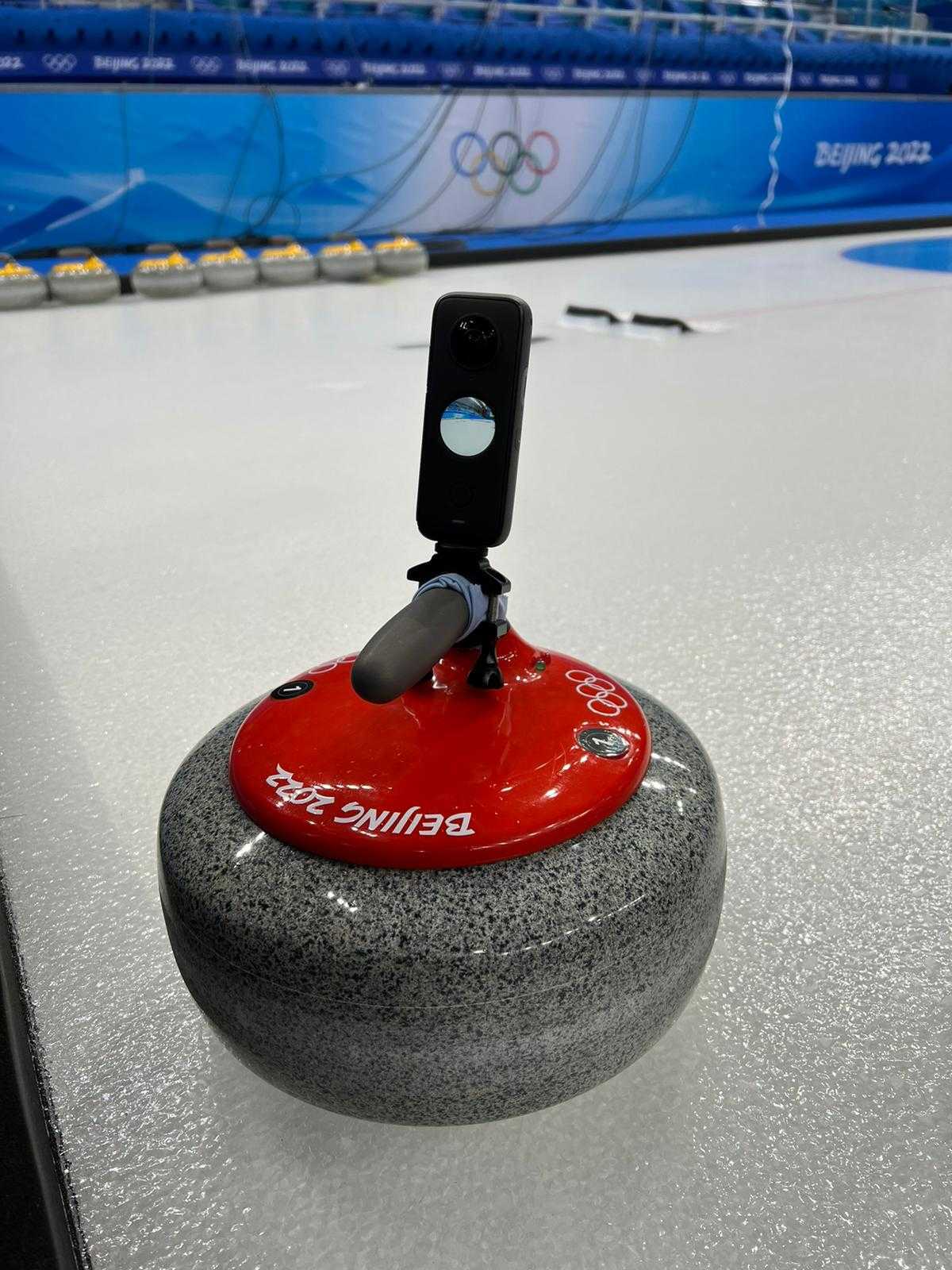
What surprised you about working in Beijing?
The amount of camera work that needs to be done to make a good stream. As a software engineer at Tiledmedia, we receive the streams and encode them. However, I rarely experienced the content production process itself. Sometimes, I joined the camera team in the stadium/ring/etc. and was engaged first-hand in the production of the streams. Really cool camera angles next to the game or right in the middle of it, like this camera during curling. Very cool experience!
But the most surprising and impressive is simply the amount of content produced in such a short time. Crazy!
Would you do it again?
Definitely. It really was a very interesting experience. I much enjoyed working together in such an international environment with many great team members!
But so many new experiences and challenges all happened at once that one really shouldn’t underestimate how incredibly tired I was the entire time, haha. But yes, I would do it again.
Finally, if you are in the U.S., you have to try the NBC Olympics by Xfinity app. Everything is still available: full events, event highlights, and special features. The same applies for our readers in China, they can still access all content through the Yangshipin app.
Don’t miss out!
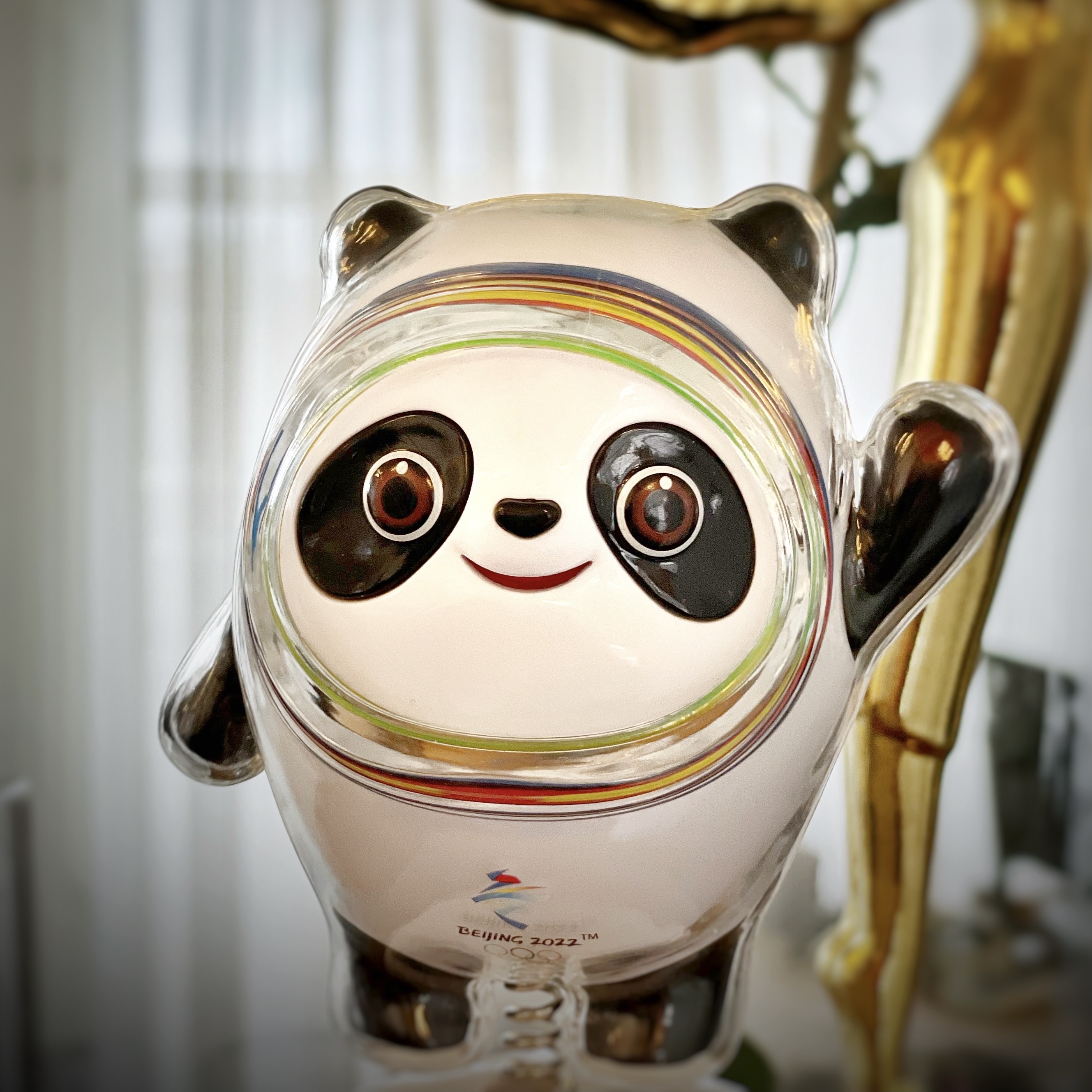
January 21, 2022
Blogs

Author
Marius van Eck
Stay tuned!
